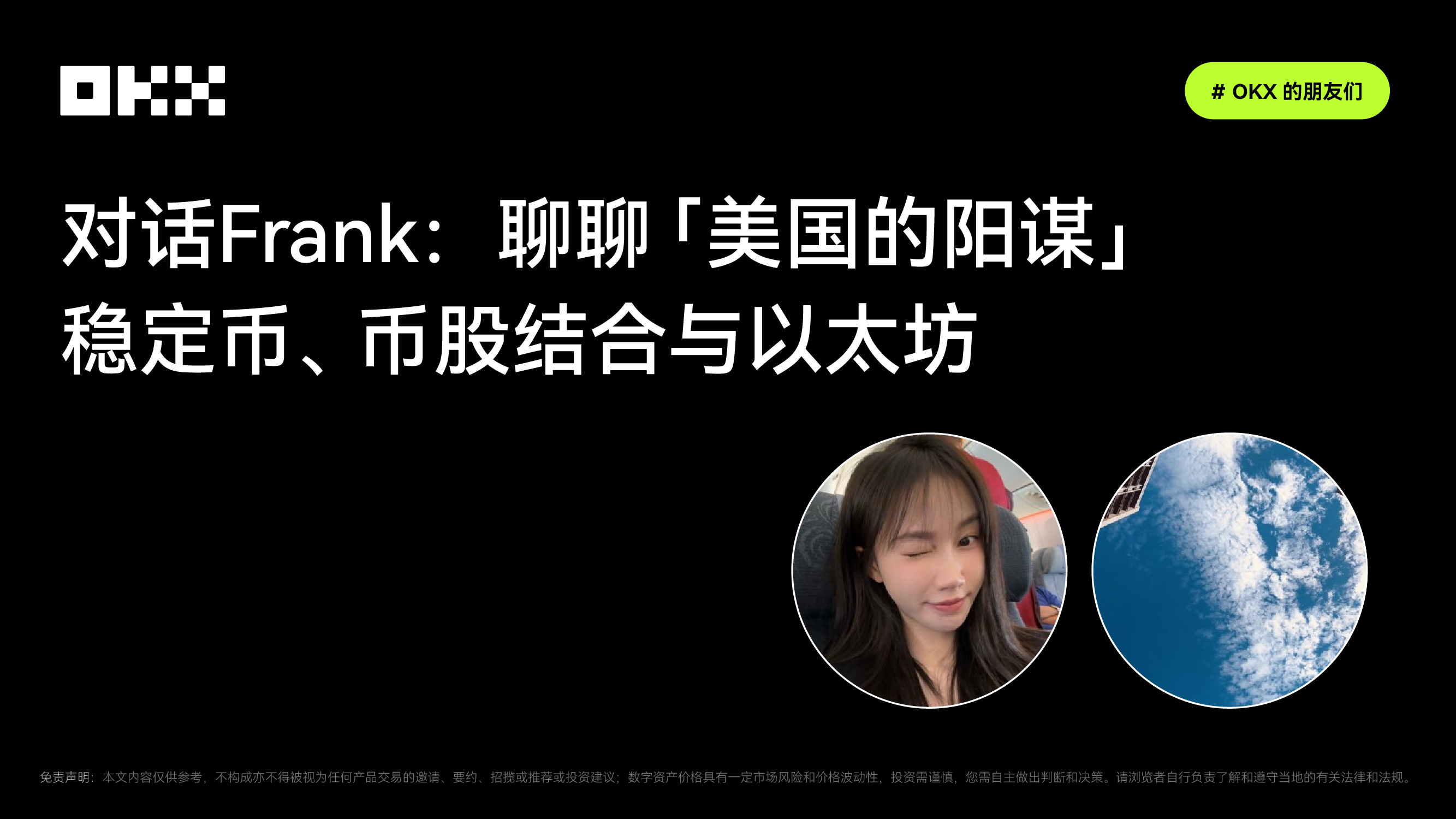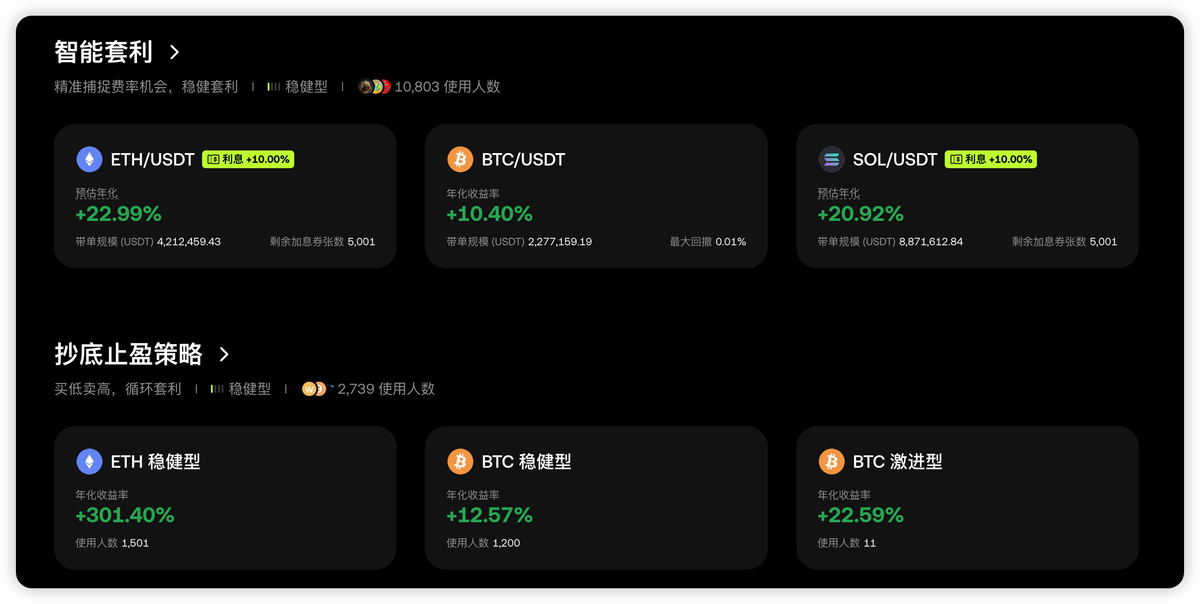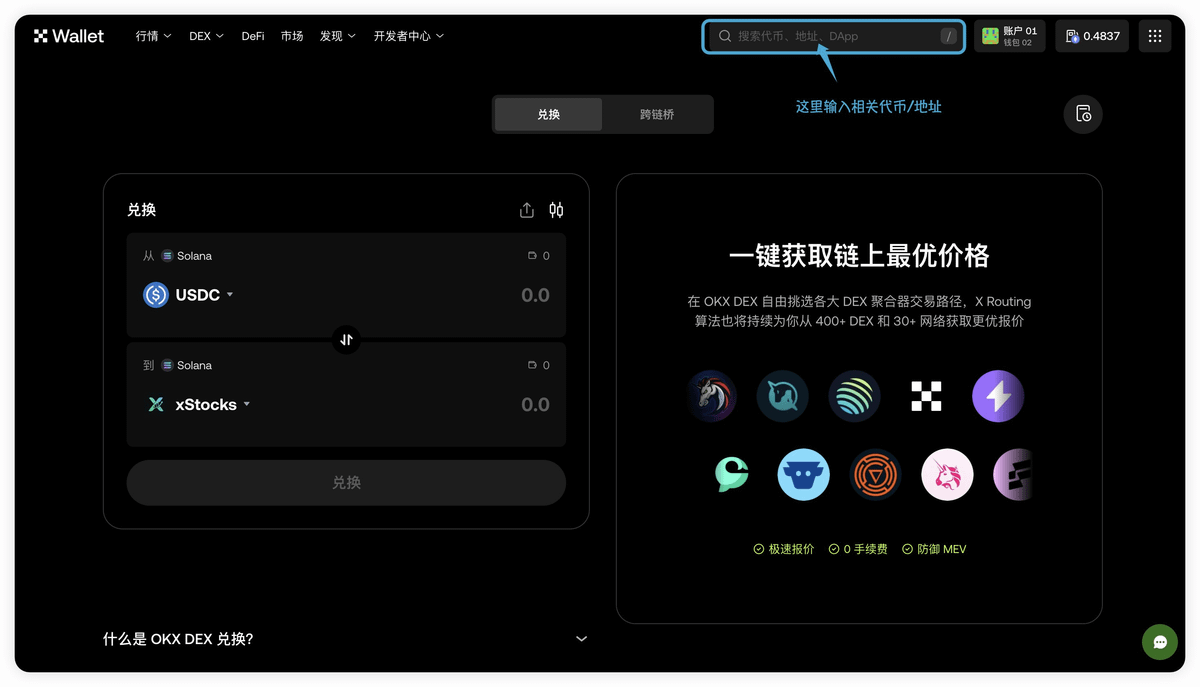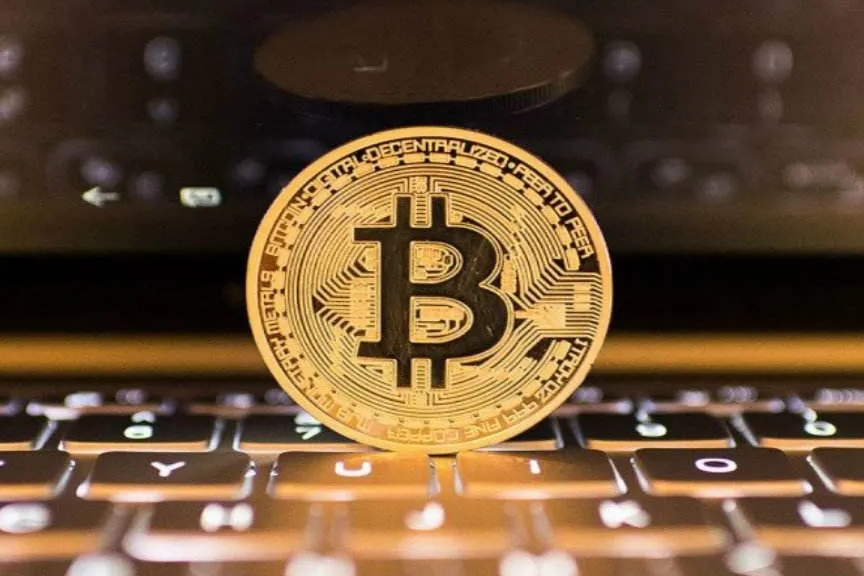
Last weekend, I was very happy to have the opportunity to interview OG Frank @qinbafrank in the office.
This low-key veteran investor and trader spoke clearly and comprehensively about stablecoins and the macro market. He took me through the ten-year consensus of Bitcoin, the American ambitions behind stablecoins, and the future of coin-stock integration.
Frank believes that the Crypto market is becoming more efficient, and stablecoins, along with coin-stock integration, will force the entire crypto industry to undergo a "self-revolution," moving from bubbles to fundamentals, and from narratives to implementation. He also pointed out the essential differences between ETH and BTC, as well as the fierce competition that lies ahead for stablecoins.
This was a highly informative and in-depth interview. If you have questions about stablecoins, RWA, and various recent hot narratives, or if you are looking for a mental model to understand the new order of the crypto world— I highly recommend you read it thoroughly.
Chapter 1: The "Hidden Agenda" of Stablecoins and the Strengthening of the Dollar's Position
Mercy: You mentioned that stablecoins are a "hidden agenda." What do you mean by that?
Frank: I believe stablecoins are a "hidden agenda" of the United States. The deeper reasons behind this are threefold:
First, the U.S. wants to strengthen the position of the dollar through on-chain dollars. Nowadays, many countries and regions are de-dollarizing, and the proportion of U.S. debt held overseas is also declining. The U.S. needs to find more application scenarios for the dollar.
Stablecoins, especially dollar-pegged stablecoins, are essentially the tokenization of the dollar, or "on-chain dollars." Through this method, the U.S. can bypass central banks of various countries and directly distribute dollars to the global crypto community, achieving a B2C retail model.
If the crypto community continues to grow, and the issuance of stablecoins increases, with a higher proportion of dollar-pegged stablecoins, then the U.S. can directly "cut off" the crypto community in non-U.S. regions, allowing them to use dollar stablecoins for transactions and payments.
Second, issuing stablecoins can find new purchasing power for U.S. debt. Why do stablecoin companies buy a large amount of short-term U.S. debt? I believe this trend accelerated after the collapses of Luna and FTX in 2022, as well as the collapse of Silicon Valley Bank in 2023.
These events made issuers like Tether and Circle realize that merely holding Bitcoin or keeping large dollar reserves in banks carries risks. Therefore, they began to significantly increase their holdings of U.S. debt, especially short-term U.S. debt, because it has good liquidity, high yields, and relatively low risk.
Third, the ambitions of the U.S. go beyond this; they want more. The vigorous promotion of stablecoins is to seize the pricing power of on-chain assets for the U.S. in advance.
Thus, the introduction of the stablecoin bill is aimed at expanding the influence of the dollar through on-chain dollars, finding new buyers for U.S. debt, and ultimately mastering the pricing power of on-chain assets. This is a naturally evolving process, driven by events such as the collapse of Luna, Evergrande commercial paper, the collapse of Silicon Valley Bank, and the Federal Reserve's interest rate hikes.
Mercy: This year we launched OKX PAY, and just a few days ago we officially announced our strategic partnership with Circle. Stablecoins have become the new mainstream. What do you think about the positions of Tether and Circle in the stablecoin market?
Frank: Circle currently has a first-mover advantage; it was the first to obtain a compliance license and has a complete custody and compliance system.
At the same time, it is deeply tied to giants like Coinbase and BlackRock and is actively expanding payment scenarios. However, the competition in the stablecoin market will definitely become more intense in the future, and Circle is feeling the competitive pressure, which is why it is moving faster.
But Tether also has its unique advantages. It is widely used in some cross-border payments, with a significant portion of its use cases occurring in trade scenarios outside the crypto world.
The U.S. government also hopes that Tether can continue to "expand its territory." As long as it remains under control, does not act maliciously, and continues to increase its holdings of U.S. debt, the U.S. is willing to allow it to conquer new markets in this way. In the future, in non-U.S. regions, USDT may still dominate the dollar-pegged stablecoin market.

Chapter 2: The Cyclical Fluctuations of U.S. Stocks and the Crypto Market
Mercy: What are your thoughts on the recent fluctuations in the U.S. stock and crypto markets?
Frank: The U.S. stock market has always had its own operating rules. For example, during non-recession periods, the U.S. stock market typically exhibits a V-shaped rebound.
I speculated back in March that several major adjustments in U.S. stock history, aside from the 2008 financial crisis, had relatively short adjustment periods. For instance, in 2018, it only fell for three months, and in March 2020, it rebounded in just one month.
This is due to the high consistency of institutional quantitative funds and CTA strategies, which allows for very rapid market adjustments, unlike some cryptocurrencies that experience bear markets lasting one to two years. This year's adjustment in the U.S. stock market was also quick; although individual stocks fell significantly, the market's deleveraging process was swift, and once panic subsided, funds quickly flowed back in.
Mercy: Tom Lee @fundstrat has recently been bullish on ETH, and ETH's performance has indeed been strong lately. How do you see the performance of Bitcoin and Ethereum in the market?
Frank: I believe Bitcoin and Ethereum are no longer on the same level.
Over the past decade, Bitcoin has eliminated all competitors and established its position in the value storage domain. Early competitors included Litecoin, Bitcoin Gold, and even during 2016 and 2017, there was a big block debate, and in 2018, Bitcoin split into BCH.
But ultimately, Bitcoin, with its simplicity, long history, and strong consensus, has become digital gold. Now, many people entering the industry do not see Bitcoin as having competitors, and this consensus will only strengthen.
Ethereum, on the other hand, needs more proof. Although it has an advantage in new narratives like stablecoins and on-chain U.S. stocks due to its higher degree of decentralization and better security, its competitive advantage has not yet been fully established.
It has growth potential, and in the future, it may occupy a significant share in coin-stock integration, but its monopoly or exclusivity is not yet present, and competition remains fierce.
Moreover, ETH is more affected by macro factors. For example, from February to April this year, Bitcoin fell by over 30%, but Ethereum fell even more. However, in the long run, if Ethereum can continue to work hard and constantly adjust its development direction, its fundamentals will continue to improve.
 Chapter 3: U.S. Stocks on Chain and the Future of the Crypto Industry
Chapter 3: U.S. Stocks on Chain and the Future of the Crypto Industry
Mercy: The topic of U.S. stocks on-chain is not new; why has it become popular again now?
Frank: Previously, U.S. stocks on-chain were done secretly, but now it can be done openly under clear legal and regulatory guidance.
The SEC Chairman Gary Gensler has also mentioned that the integration of securities assets and on-chain is a trend. The SEC is exploring the formulation of new laws and regulations and considering allowing the NYSE and NASDAQ to list crypto tokens. This indicates that U.S. regulators have recognized the advantages of crypto assets in clearing and settlement efficiency and hope to promote this process through the stablecoin bill.
Additionally, the push from Silicon Valley tech giants is also a significant factor. They believe that AI represents future productivity, while crypto represents future production relationships, and the two can naturally integrate.
They have conveyed these ideas to politicians, prompting the government to push for U.S. stocks on-chain. There is also a consideration of votes behind this; the crypto community has a large voting bloc in the U.S., and the Republican Party and Trump are actively embracing crypto to gain the support of these voters.
Mercy: What new opportunities will coin-stock integration bring?
Frank: Coin-stock integration will bring new asset types and wealth effects.
First, for quantitative funds and large players in the crypto market, perpetual contracts for large U.S. stocks will become new trading targets, expanding their range of choices.
Second, if the U.S. stock pink sheet market and some small-cap stocks in Hong Kong can be tokenized and put on-chain, it could bring about significant wealth effects.
Finally, equity trading of unlisted companies (exclusive beasts) and even future startups issuing tokens directly will become possible. This will allow ordinary people to participate in investments that were previously only accessible to high-net-worth individuals.

Mercy: How do you think the crypto industry will evolve?
Frank: I believe the crypto market is undergoing a process of "squeezing out excess" and "forcing change."
The massive expansion of crypto VC caused by the flood of 2020 and 2021 inflated valuations in the primary market, leading to many projects being overvalued; we have now entered a "liquidation period." At the same time, there is a moral hazard in the core teams of crypto projects, where they have "rights without obligations," making the cost of wrongdoing low. These issues have made the market unhealthy.
Now, with the introduction of ETFs and the maturation of the investor structure, the market will become more efficient. Investors will seek certainty rather than blindly pursuing high returns.
This will lead to market differentiation, with funds flowing to quality projects that have fundamentals, innovative narratives, and growth potential, while those projects with unequal rights and obligations and no improvements will be eliminated. This "squeeze" will force crypto practitioners to pay more attention to project quality and compliance, aligning the rights and obligations of teams.
In the future, we may see more projects with actual business progress, where revenue is highly linked to token value, and even companies issuing tokens directly on-chain, rather than purely as cryptocurrencies. This will make the entire crypto market healthier and more mature.
This is the dialogue section of "Friends of OKX" ~ This issue's interviewer is @Mercy_okx. I am very happy to have such an in-depth industry conversation with Frank @qinbafrank, and I hope it inspires everyone!
We will continue to interview influential and knowledgeable figures both inside and outside the circle and create a series of content. If you're interested, feel free to follow us!
This article is for reference only. The views expressed in this article are solely those of the author and do not represent the position of OKX. This article does not intend to provide (i) investment advice or recommendations; (ii) offers or solicitations to buy, sell, or hold digital assets; (iii) financial, accounting, legal, or tax advice. We do not guarantee the accuracy, completeness, or usefulness of such information. Holding digital assets (including stablecoins and NFTs) involves high risks and may fluctuate significantly. You should carefully consider whether trading or holding digital assets is suitable for you based on your financial situation. Please consult your legal/tax/investment professionals regarding your specific circumstances. You are responsible for understanding and complying with applicable local laws and regulations.
免责声明:本文章仅代表作者个人观点,不代表本平台的立场和观点。本文章仅供信息分享,不构成对任何人的任何投资建议。用户与作者之间的任何争议,与本平台无关。如网页中刊载的文章或图片涉及侵权,请提供相关的权利证明和身份证明发送邮件到support@aicoin.com,本平台相关工作人员将会进行核查。




